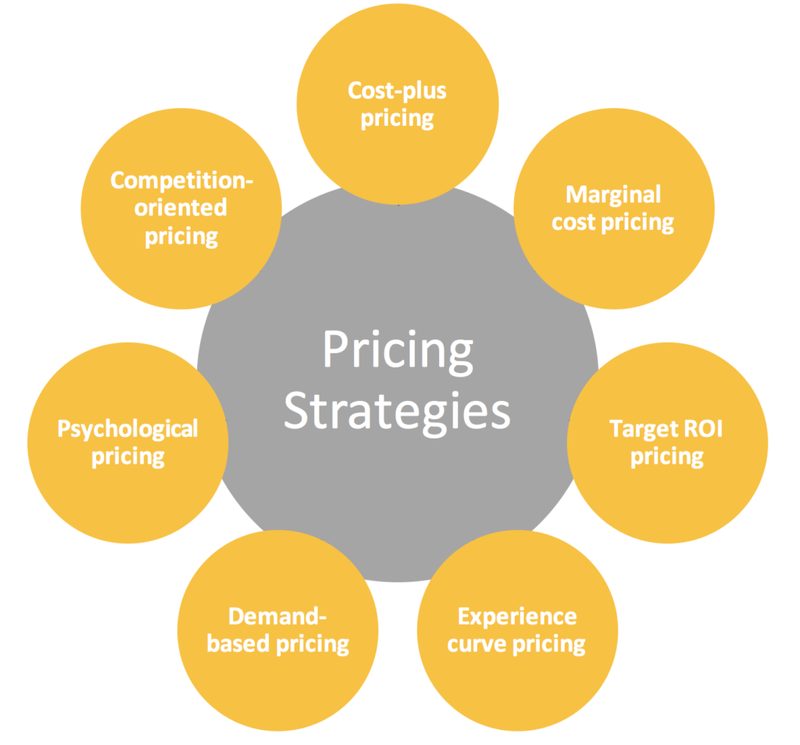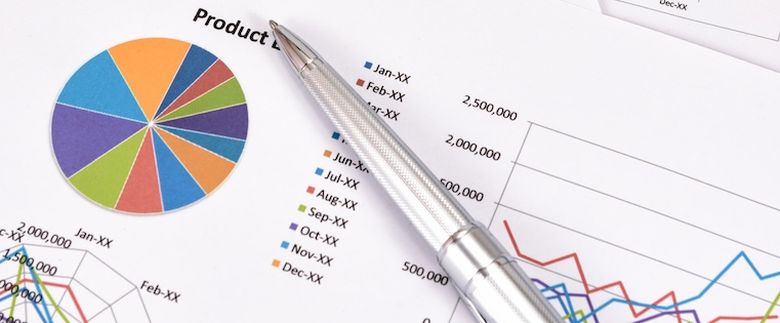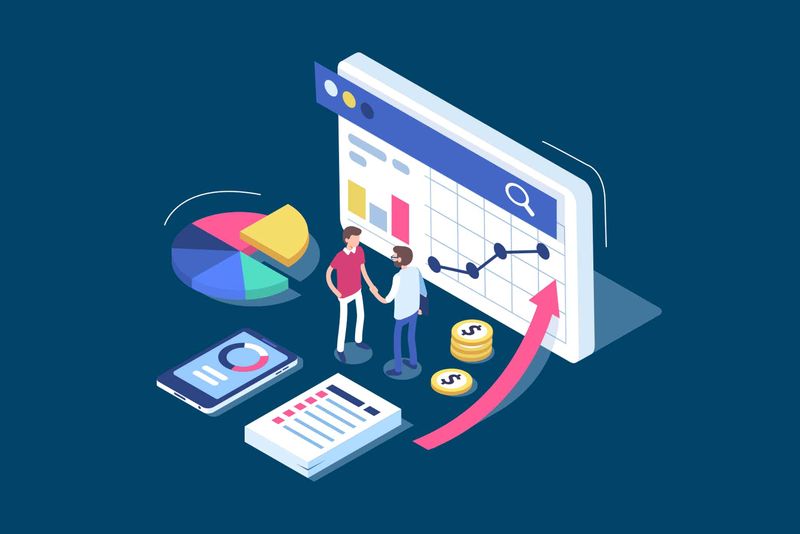Having an appropriate pricing strategy is one of the pillars of success for any eCommerce business. According to Forbes magazine, delivery times, payment methods, and the prices of the catalog of products and services are the aspects that have the most significant effect on the opinions of consumers in regards to online stores. But, currently, it’s not enough to define competitive prices, the business must also be able to adapt to the needs of the market and the users at all times. This reality has led to the creation of different dynamic pricing strategies focused on optimizing sales and increasing profits.
Within these dynamic pricing strategies, some stand out thanks to their proven efficacy in improving the positioning of the business among customers in closing sales. Like, for example, with the adaptation of prices based on what the competition has to offer. In this case, the prices can be adjusted downward to try and offer the clients the lowest prices in the market. Or you can raise the price of your product and services to highlight their quality and durability in comparison to the goods offered by the competition. The strategy you choose will depend on the company’s objectives and the evolution of its sales.

To launch a dynamic pricing campaign based on the competition, eCommerce businesses can rely on advanced software to monitor the prices of the competition, which analyses both their current prices as well as the historical data in both the medium and long term. The complete tools will allow you to track zonal prices according to postcode, shipping costs, and delivery times for each competitor, facilitating the decision-making process for executive management and the marketing team.
Adapting prices to the demand curve

Another strategy that has proven effective is to adapt the prices to user demand. Companies should be able to anticipate future peaks in demand for their products or services to be able to adjust their prices and have enough stock on hand to cover all possible sales. When the popularity of a product increases, the rates will maintain an upward trend since the user demand will be higher. During this peak in demand, they’re not going to stop buying the product. When the opposite happens, and there’s less demand for a product. Still, a company is interested in reducing its stock. It can launch dynamic pricing campaigns with discounts directed at specific targets to increase sales.
The same happens during sales periods at the local or national level. One good example of this is Black Friday. In these cases, you know that your sales are going to increase. Still, you also need to identify your specific strengths to outperform your competitors, analyze the competition’s previous behavior to see what products they offered, for how long, and the discounts they applied. This historic data is something that modern price intelligence tools like Minderest offer, which are highly useful solutions for businesses in the process of expansion.
To ensure the effectiveness of any dynamic pricing campaign, you must also carry out an adequate segmentation of your customers based on their likes and interests. This will allow each discount, sale, or promotion to be directed at a specific target with unique calls to action, increasing your conversion rate.
Dynamic pricing in times of crisis

In the current situation, with certain markets threatened by the social health crisis caused by the spread of COVID-19, many people are wondering what the best pricing strategy to follow would be. According to an analysis carried out by the Harvard Business Review in 2019, to curb the impact of any possible economic crisis, companies should be very clear about their position in the market and not react instinctively by lowering prices and adjusting costs. It would be best if you first analyzed the company’s position and the level of engagement among your customers. If your business is a market leader, don’t rush to imitate the prices of the competition. Instead, analyze your sales to determine what would be most convenient.
Since we find ourselves in a complex and ever-changing situation, once your role is clear, analysts recommend launching dynamic pricing campaigns. But always allow yourself to be guided by common sense and the goals of the company itself. The principal objective should be to show empathy to your customers and promote satisfaction with the brand to avoid a drop in sales.
Tips for implementing dynamic pricing

Both in this exceptional situation and in moments of economic boom, it’s important to follow a series of guidelines when implementing a dynamic pricing campaign to avoid any negative consequences for the company. As a starting point, despite the benefits of using software with artificial intelligence for pricing, there should be a highly-qualified team behind it that validates the proposed pricing strategy.
On occasions, it might not be reasonable or opportune to modify the prices in your catalog of products or services. This is especially true if there’s a risk of the company transmitting the perception that it’s trying to benefit from a traumatic situation.
On the other hand, continually changing the prices in your catalog can lead to customer frustration and the abandonment of their trusted eCommerce business. Thus, it’s a good idea to maintain control over the repricing periods that happen during the year and to be very clear about their purpose. Because, beyond prices, it’s the trust of customers and their commitment to your eCommerce that will guarantee the success of your business.



